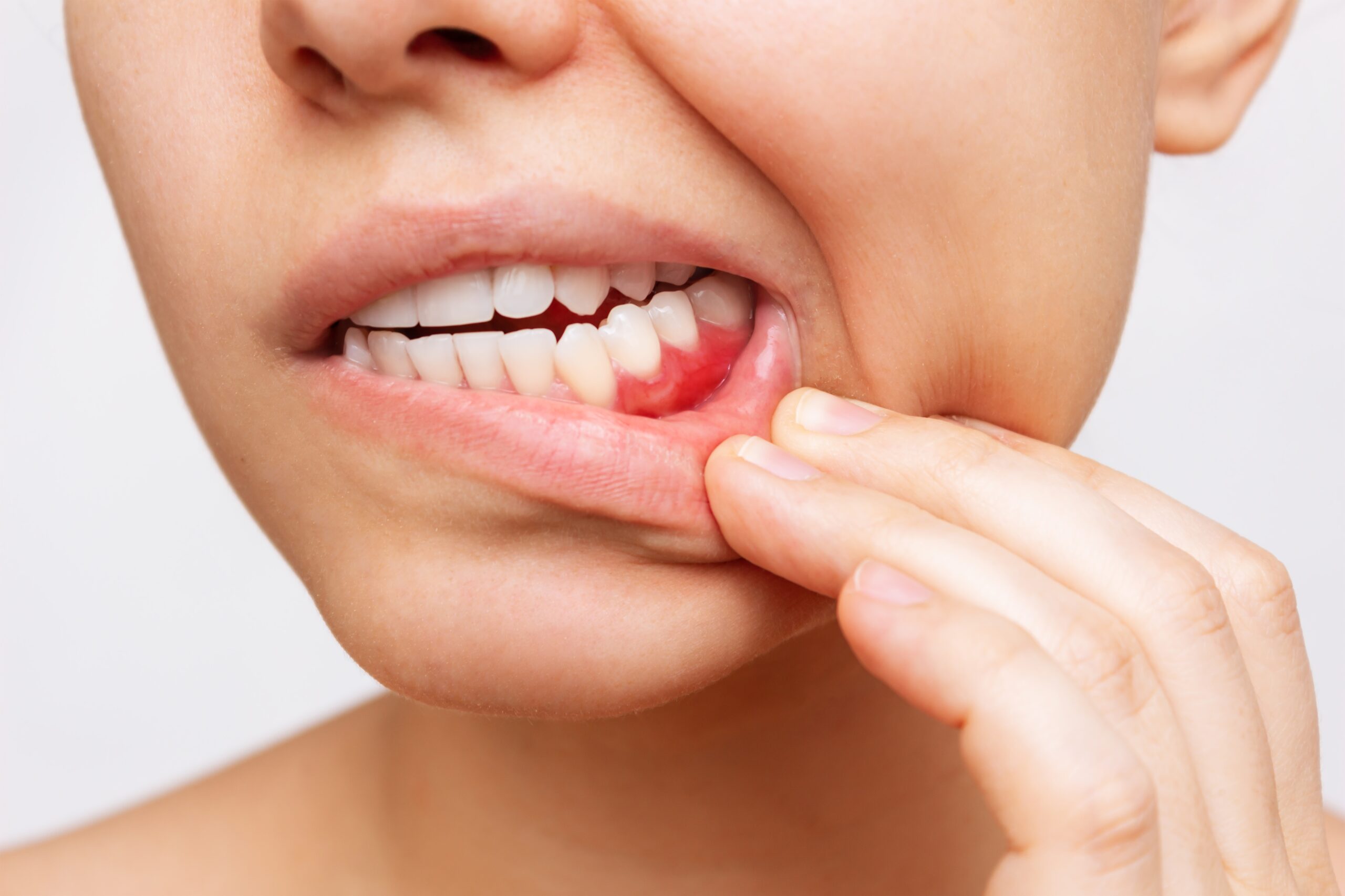Gum disease often starts quietly. You might not feel pain at first, but catching the signs early makes treatment easier and more effective.
Here are five of the most common signs of gum disease, and what to do if you notice them.
1. Bleeding Gums
Noticing blood when brushing or flossing? It’s one of the earliest signs of gum disease. A small amount of blood when brushing or flossing can mean there’s inflammation under the surface of the gums.
2. Red, Swollen, or Tender Gums
Gums that look puffy, deep red, or feel sore may be reacting to plaque buildup. This inflammation is the body’s response to infection, and it’s a sign your gums could be at risk if not treated.
3. Bad Breath That Won’t Go Away
Persistent bad breath (or a bad taste in your mouth) can be caused by bacteria trapped under the gums. If brushing and mouthwash don’t help, it may be more than just what you ate. It could point to early gum disease.
4. Gum Recession
If your teeth seem longer than usual, or you are more sensitive to food or drinks your gums may be pulling back. Gum recession can expose sensitive parts of your teeth and create pockets where bacteria can grow.
5. Loose or Shifting Teeth
As gum disease progresses, it can affect the bone and tissue that support your teeth. If your teeth feel loose it’s important to talk to a dentist right away.
Why These Signs Matter
Gum disease is reversible in its early stages, but ignoring the signs can lead to more serious issues like tooth loss, bone damage, and chronic inflammation. Catching these symptoms early gives you the best chance to keep your gums and teeth healthy.
What You Can Do Right Now
- Brush gently twice a day with a soft-bristled electric toothbrush
- Floss or use a Waterpik daily to remove plaque between teeth
- Rinse with antibacterial mouthwash
- Visit your dentist regularly for cleanings and checkups
Keep Your Gums Healthy!
These symptoms are your gums’ way of asking for care. Paying attention to the signs and staying consistent with daily habits can help you protect your gums and teeth for the long run.
Need help getting started? Schedule a virtual consult with a Dentistry.One dentist.




